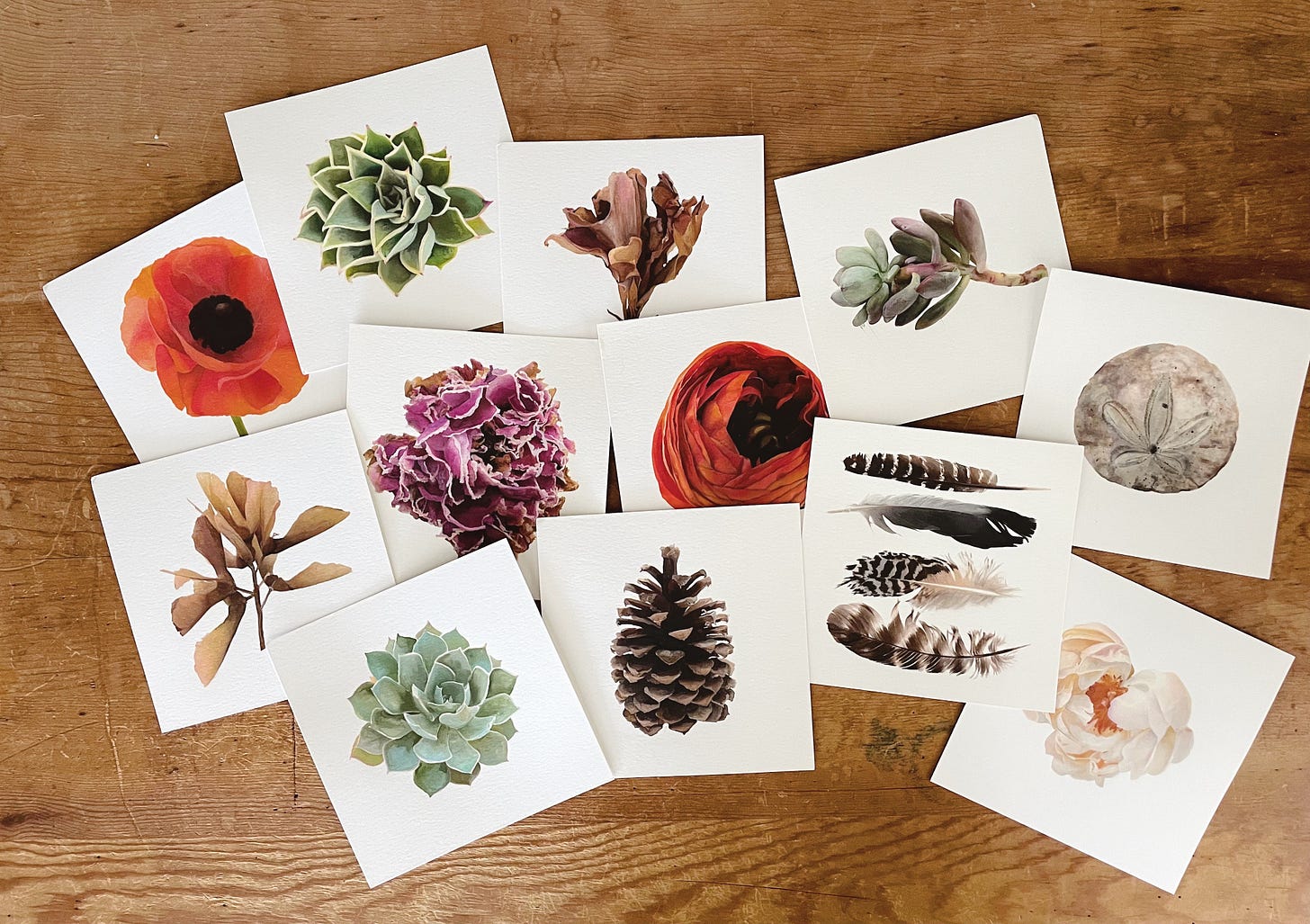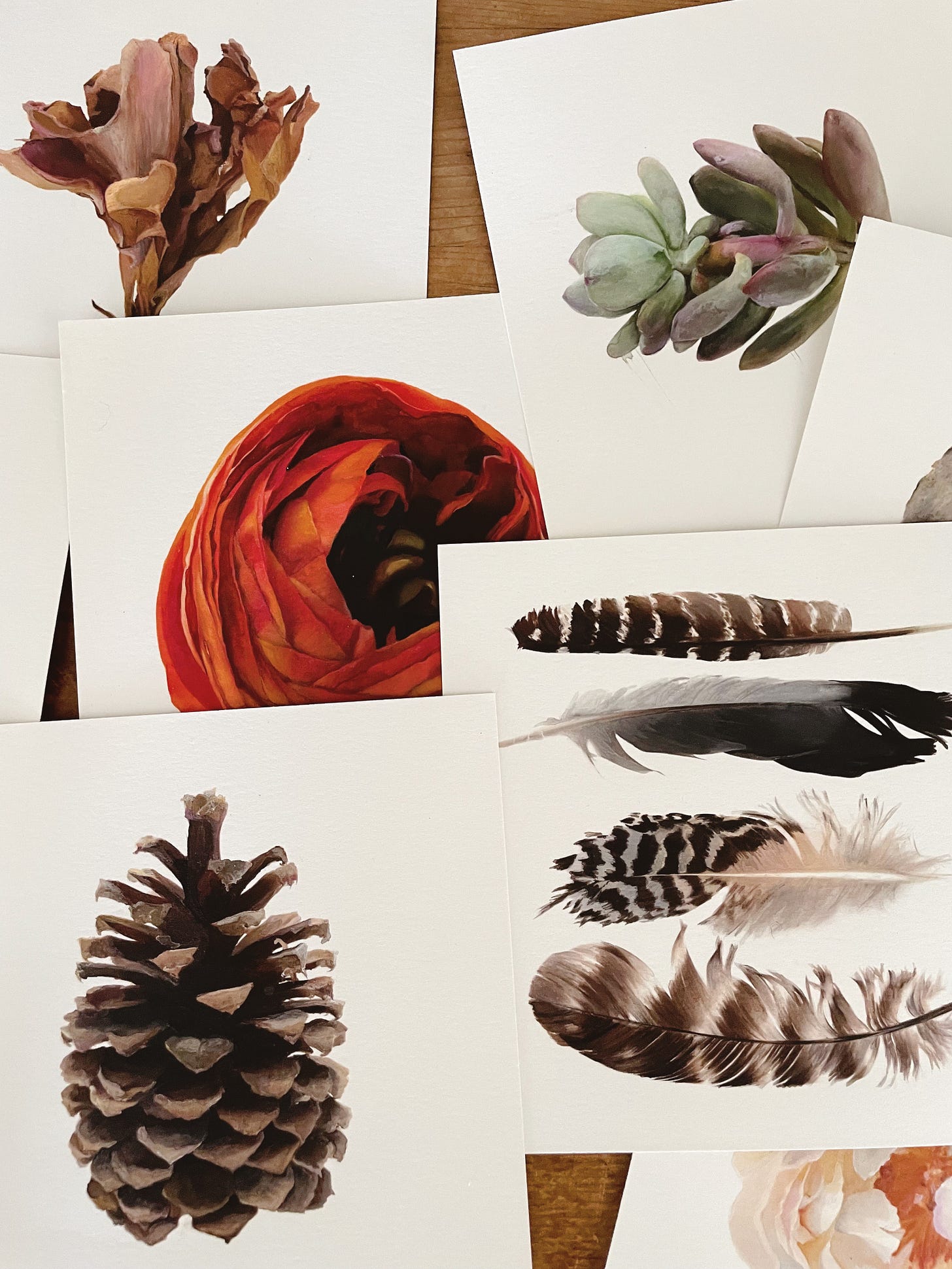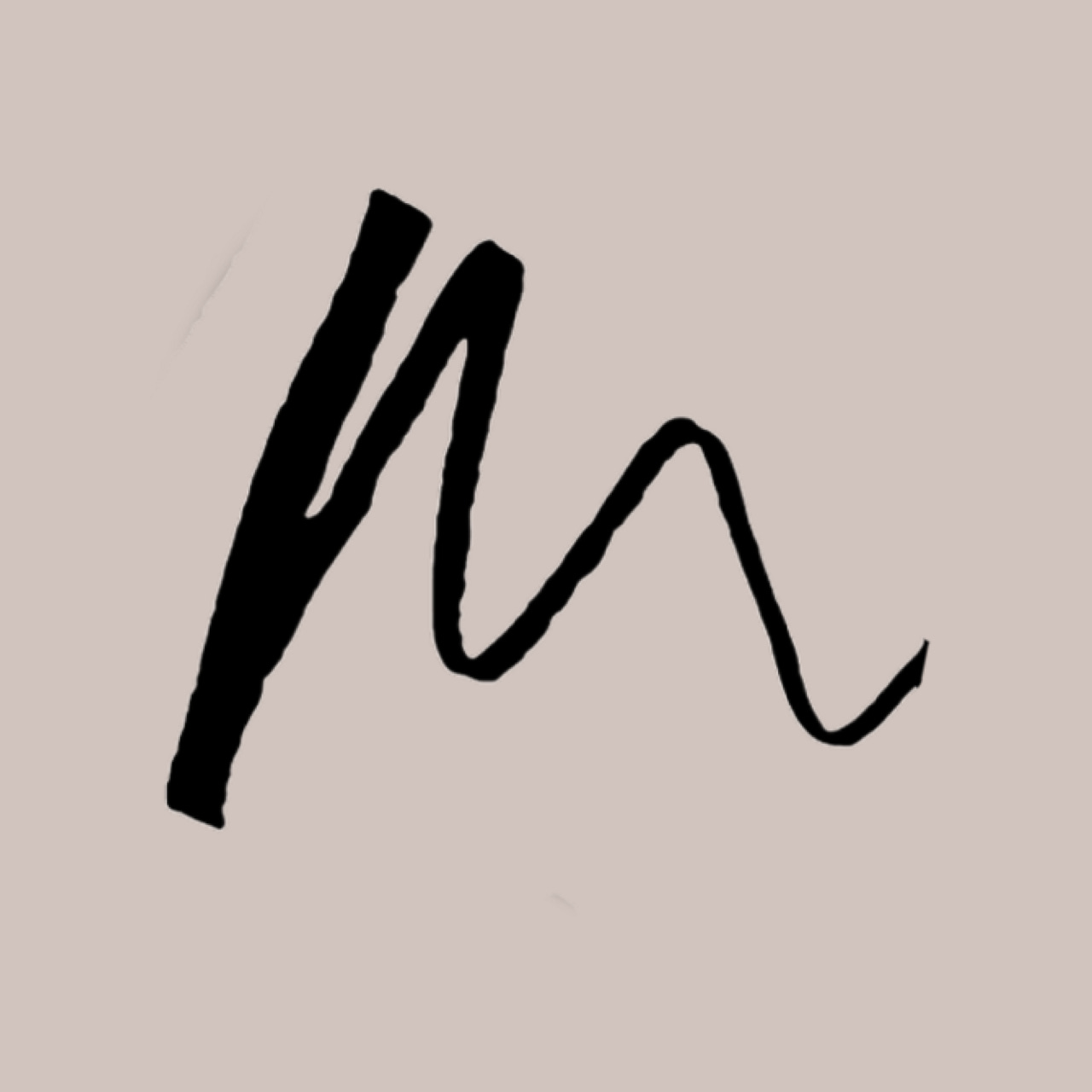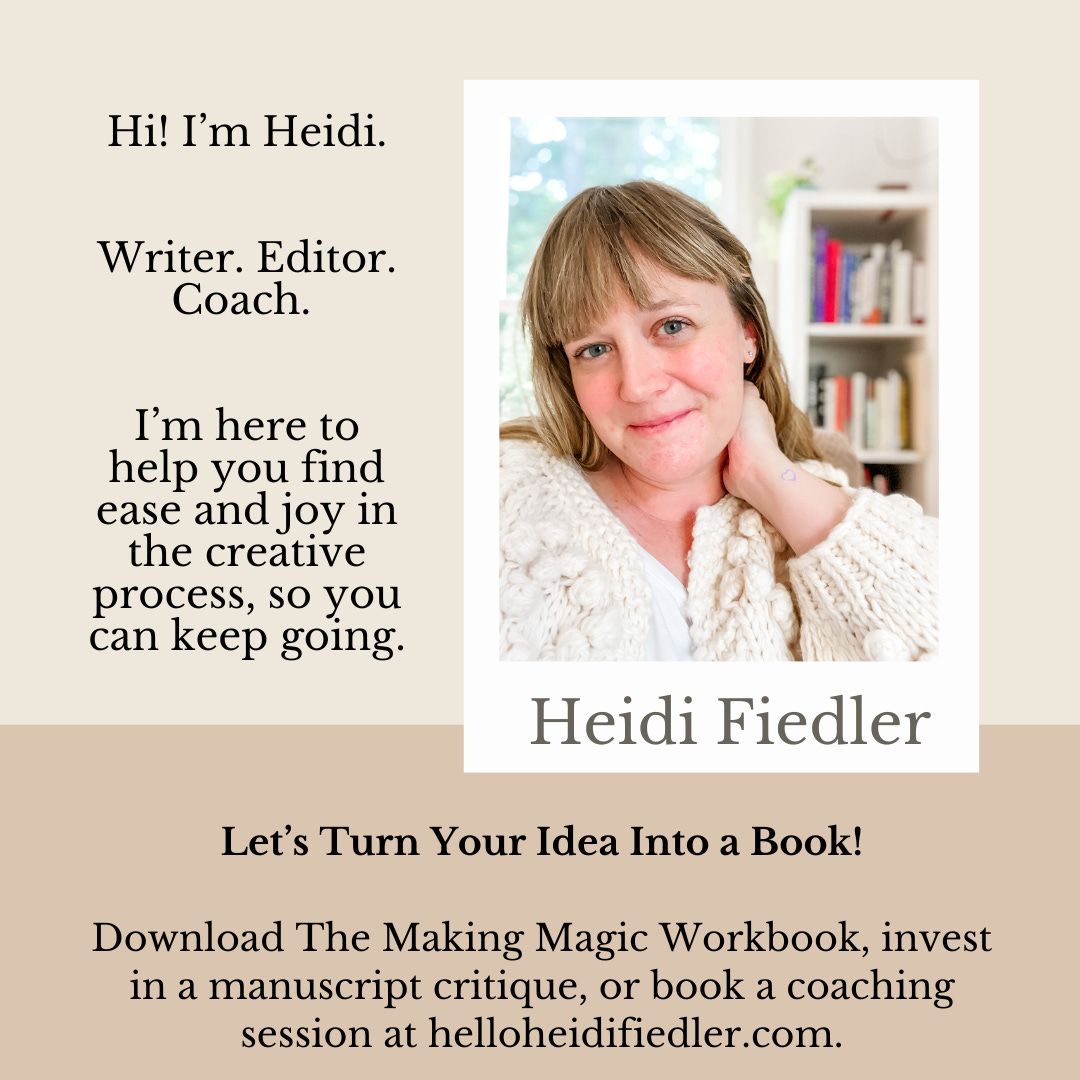How did motherhood change your creative practice?
When I was in art school, I was one of those students who could lose myself for hours in the studio. Forgetting to eat, working through the day and into the night. I thrived on long creative bursts. I still do. That is the natural pace of my creative process. That kind of deep and long uninterrupted focus is still how I work best. But when motherhood came into the picture, I quickly realized that this approach wasn’t sustainable.
Like many artist/mothers, I had to adapt. I became adept at working in short, intense bursts. For years, I woke up at 4 a.m., using the quiet of the early morning to get most of my work done before the day fully began. During the day, I fit in creative time around nap schedules or when I could rely on my husband or parents for help.
I learned how to make the most of every 15-minute window, with a lot of preparation and planning to maximize those brief moments. Having my studio right next to my bedroom was a game-changer. I'd set up my materials the night before, allowing me to dive straight into my work with minimal setup. Being able to lock the door behind me when I left helped keep the creative flow uninterrupted. Not having to set up and tear down every time I sat down to create saved me so much time.
Though this pace never felt completely natural, it ultimately deepened my trust in my creative process. It was a powerful reminder of my ability to tap into my creativity quickly, with intention and focus. It showed me that even in small windows of time, profound creative work is possible.
Ultimately, I think motherhood is the most creative thing I do. I could go back and forth a million times a day depending upon the day I am having whether motherhood has greatly enhanced my creativity or completely shut it down, ha! Mostly though, the perspective that motherhood provides and the quick natured problem solving and constant pivots have made me very, very good at seeing many different possibilities and approaches to a single challenge. And ultimately this has really enhanced and deepened my creativity and made my creative process much more flexible and responsive.
What’s inspiring you outside of your own genre?
Skateboarding is my jam. It’s difficult to not completely gush about the sport, it has gifted me so much inspiration. Before I even skateboarded myself, I was mesmerized by the dichotomy of a hostile, hard, and unyielding architecture against the soft and fluid moving nature of the human body. We are soft. Concrete is hard. The board is a simple machine. It’s a miracle all three work together somehow. I love the flow of the body in contrast to the hard angles and lines of a building. The intense effort it takes to be even average at the sport.
Just like artists, every single skater has their own style. The way they move on a board. How they approach a trick. Some go all in, other skaters take their time and follow a smaller series of steps. The act of skateboarding is inherently creative. It teaches us how to see our environment in completely new and innovative ways. A curb becomes a collaborator, a staircase a launch pad.
The act of skateboarding itself seems impossible and I love that. The risk, the danger, with no certain success. Success is very difficult and when within grasp, is fleeting. The only way to learn how to jump a staircase is to fail at it. A lot. Skateboarding is about navigating failure. A great primer for navigating the creative process.
I spend more time watching skateboarding videos, reading skater mags and following skate photographers than I do looking or reading anything else for inspiration. I love that at first glance the influence skateboarding and skate culture have on my work doesn’t make sense, but as you get to know my work and how I love to exist in dichotomies, the association becomes clear. I’m forever hooked.
How would you like the world to see artists and mothers?
As essential.
What do you do when you feel burnt out or filled with doubt?
I do what’s known as running energy.
I often tell my clients that doubt, invalidation, and comparison aren’t signs that something is wrong with them, they are simply part of the creative process. And while they may feel like roadblocks, they actually serve us more than they sabotage us.
To illustrate, I like to think of a conveyor belt in a toy factory. One by one, we emerge, our doll-like selves being dressed in a “I’m a Creative” shirt. And then, like clockwork, a little canvas shoulder bag appears with the words "Heavy Accessories" written on it. Inside? Doubt, invalidation, burnout, and undeservingness. Everything we, as creatives, inevitably face.
The truth is, you can’t be a creative without carrying this bag. If you are truly putting yourself and your work out there, you’ll inevitably feel the gravity of the bag. But the good news? You don’t have to let it weigh you down.
Through my study of energy work, I’ve come to see these challenges in a new way. Instead of believing they come from within us, proof that we aren’t good enough or on the wrong path, I’ve learned they actually arise when we are at our best. Like a moth to a flame, our creativity generates energy. The second we begin to create something from nothing, we send out a powerful surge, like a lightning bolt. And when we release that much energy, resistance shows up. Doubt. Fear. Invalidation. Not because we’re failing, but because we’re doing the work we are meant to do.
When we stop internalizing these feelings and start seeing them as external energies we can move through, everything changes. Instead of getting stuck in resistance, we create space. We keep our creativity flowing. We avoid burnout. And we stay connected to what we’re truly here to make.
This isn’t about a quick fix. It’s a practice. One I engage in daily myself and help facilitate for my clients. I’ve been working with energy through meditation and energy healings for nearly two years now, and I have yet to feel creatively blocked. I’ve seen this approach completely unlock creatives who have been stuck for years. It’s simple yet profound. Which is totally how I like to roll these days!
As creatives we don’t have to fight these challenges, we just have to shift our relationship to them. And when we do, the creative possibilities are endless.
If you could give everyone a small treat, what would it be?
This might be more of an experience than a treat, but I would gift everyone the experience of hearing wild coyotes howl. The tension and build of the group as they gather to fill the night. The beginnings of the howl, little glimmers of noise. Then crescendo to a celebration of sound. A howl arrives on its own time. There is no schedule. We make the choice to step outside and listen, to witness, or not. A howl is fleeting and wild. Bliss and grief tied all into one. To howl is to be alive.
Lisa Anderson Shaffer is a Licensed Therapist, Certified Human Design Reader, Author, Energy Practitioner, and Muse. She guides creative professionals and visionary leaders in unlocking their full potential, creating exceptional work, and leading with meaning and purpose. She believes in the power of Human Design and Energy Work to transform the creative process to cultivate the innovative genius within. Lisa lives and works in the wilds of West Marin County, California with her husband, 14 year old daughter, and as many dogs as they can handle. You can find her at lisaandersonshaffer.com, on Instagram, or here on Substack.
Nebula Notebook is a place to meet kindred spirits, get inspired, and learn how to find ease and joy in the creative process—even when life is bananas. 🍌🍌🍌
✏️ PS—The fastest way to grow as a writer is to book a manuscript critique or a creative coaching session with an expert. My clients get agents, sell books, and win awards. They also learn how to enjoy the creative process, so they can keep going when life gets hard. 👏











Thank you so much, Heidi, for this beautiful feature. I'm deeply honored to be included in your thoughtful and inspiring series. Your questions invited such rich reflection, and I’m grateful for the space to share my story in this way. It’s a true joy to be in conversation with someone who brings such intention and care to their work. Thank you for seeing me and for shining a light on the creative process with such heart.